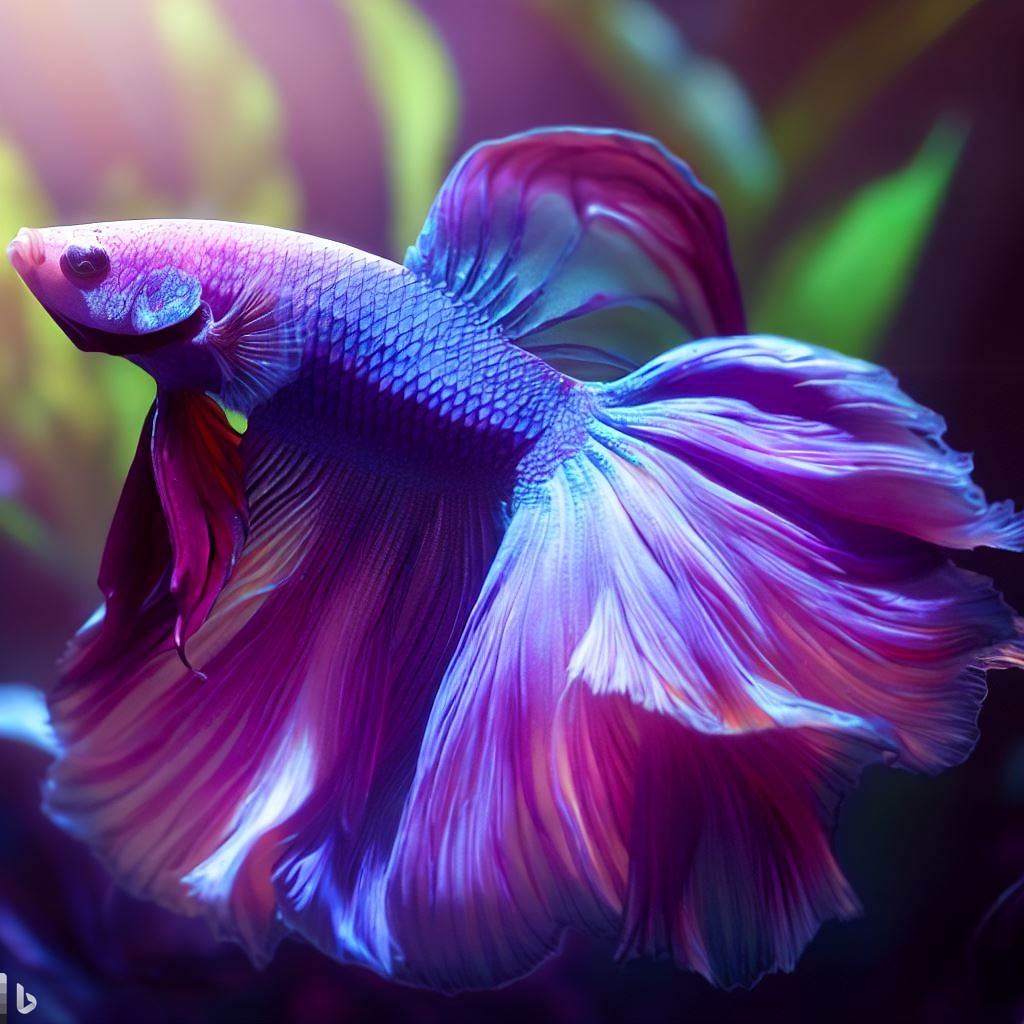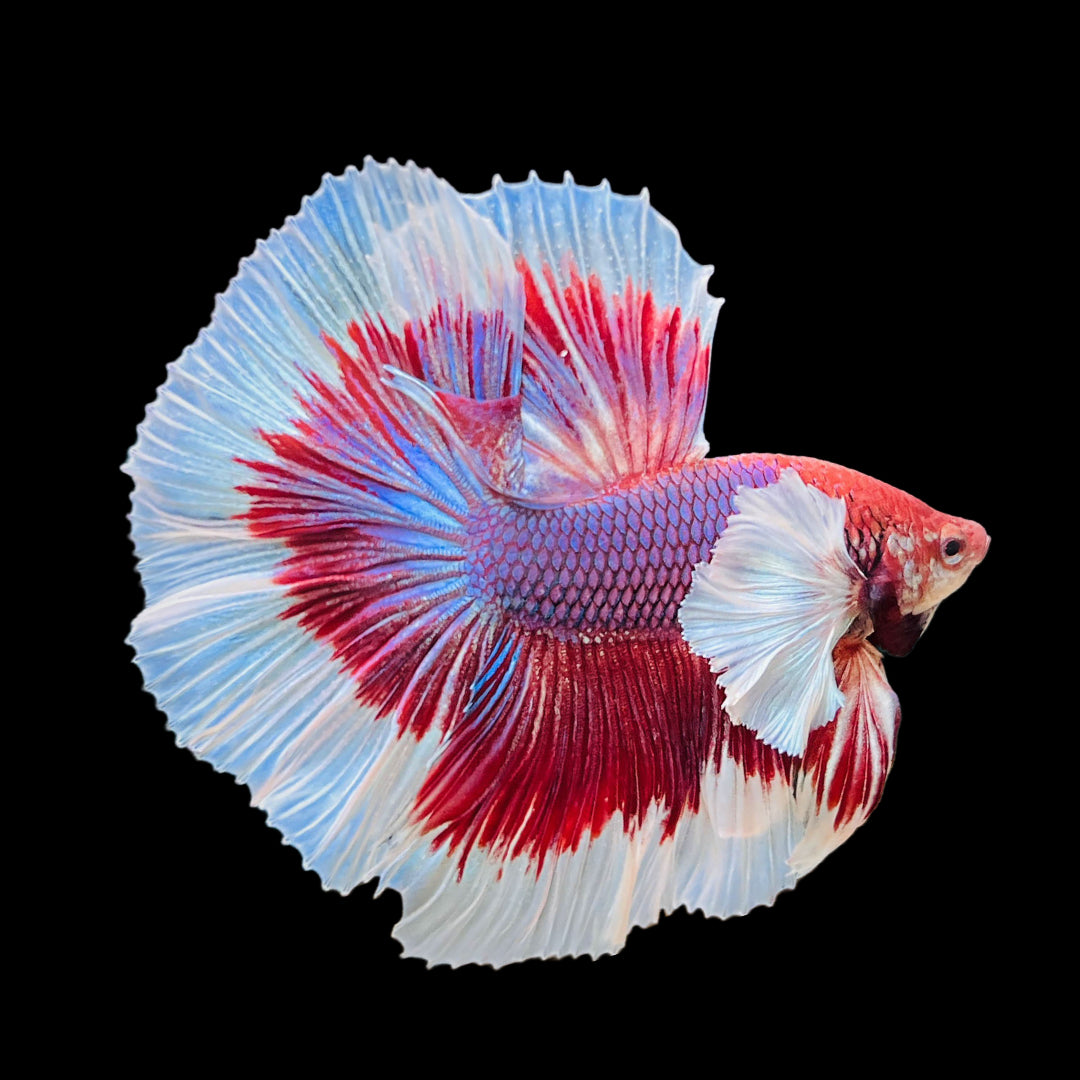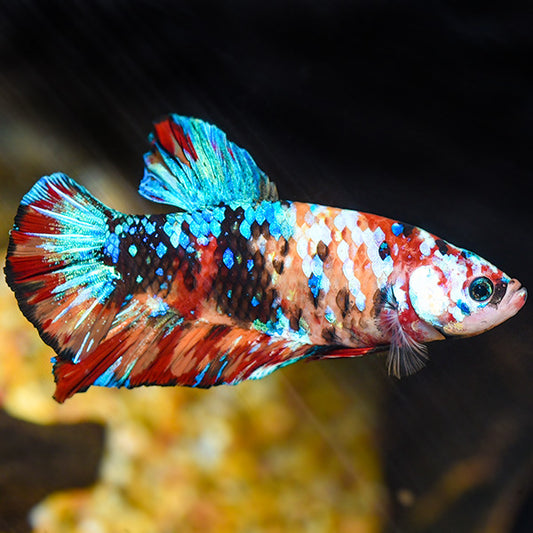Reproducing Betta Fish: a Comprehensive Step-By-Step Overview to Efficiently Raising Infant Bettas From Eggs to Their Adult Years
Breeding Betta fish is a precise venture that calls for careful preparation and implementation to make sure the successful advancement of fry from eggs to mature fish. Choosing genetically varied reproduction pairs with desirable attributes is just the beginning; producing an optimum setting and recognizing the intricacies of the reproducing procedure are equally crucial. As the male Betta diligently constructs a bubble nest and guards the valuable eggs, the succeeding phases of care and shift demand focus to information and knowledge of ideal techniques. Exactly how does one browse the difficult yet fulfilling course of nurturing these vivid creatures to the adult years?

Picking Reproduction Pairs
When starting the journey of reproducing Betta fish, picking the best reproduction sets is crucial to achieving desirable attributes and a healthy family tree - betta fish. The very first step in this procedure is to identify the particular traits you wish to boost or preserve, such as shade, fin kind, and physique. It is necessary to choose genetically diverse sets to stay clear of inbreeding, which can lead to health problems and undesirable attributes
Examine prospective breeding candidates thoroughly. A healthy and balanced male Betta ought to display lively shades, an energetic demeanor, and well-formed fins, while the female must additionally present vivid coloration and a rounded tummy, showing readiness for spawning. Observing the temperament of both fish is essential, as hostile or extremely shy individuals may not breed efficiently.
Documents of family tree is equally important. Maintaining records of the moms and dad fish's origins can help you track genetic characteristics and possible problems. Additionally, speak with credible breeders or on the internet sources for advice on choosing compatible sets. Inevitably, investing time in the selection process will dramatically improve the chance of generating strong, dynamic spawn that meet your reproduction objectives (betta fish).

Preparing the Breeding Tank
Developing an optimum breeding environment is a vital step after choosing suitable sets for Betta fish. The breeding tank should be especially created to provide convenience and stimulate the natural breeding behaviors of the fish. Start with a tank dimension of at the very least 10 gallons to guarantee appropriate area for both the man and female Bettas.
Keep a gentle filtering system to maintain the water tidy while avoiding strong currents that can worry the fish. Furthermore, an air rock can be added to supply oxygenation without interrupting the water surface area excessive.
Temperature law is essential; go for a stable range of 78-82 ° F(25-28 ° C) using a reputable heating system. The pH degree should be kept in between 6.5 and 7.5, and normal water changes are essential to ensure high water quality.
Include floating plants or generating sponges to develop concealing spots for the woman, while additionally motivating bubble nest structure by the male - betta fish. Ensure the tank is free from sharp decors and any kind of prospective hazards, as the well-being of the fish need to always be focused on during this critical stage of breeding.
The Breeding Process
Commonly, the reproducing procedure for Betta fish involves a series of distinctive and evident behaviors that show readiness for reproduction. The male Betta starts by developing a bubble nest at the water's surface, which acts as a website for the fertilized eggs. This nest is important, as it gives a safe environment for the eggs until they hatch out.
As soon as the nest is established, the man will display courtship behaviors, such as flaring his fins and exhibiting dynamic colors to attract the lady. The female, upon picking up the man's preparedness, will certainly respond by showing upright stripes along her body, signaling her receptiveness.
When the female strategies, the male participates in a breeding dancing, often leading to an embrace referred to as the "spawning." During this welcome, the lady launches her eggs, which the male fertilizes instantly. The fed eggs then are up to the bubble nest, where the male meticulously accumulates and returns them to the nest. Following this, the male presumes responsibility for guarding the nest and ensuring the safety and security of the eggs up until they hatch out, commonly within 24-36 hours. This stage is essential in the breeding process, laying the structure for effective fry advancement.
Taking Care Of Betta Fry
Caring for Betta fry requires cautious interest to their atmosphere and nutrition Visit Your URL to ensure healthy growth and growth. After hatching out, Betta fry are very little and at risk, requiring a stable and clean habitat.
Feeding Betta fry is just as essential. Initially, they need to be supplied infusoria or carefully crushed premium fry food, as their mouths are too little to handle larger fragments. As they grow, you can progressively present bigger foods, such as infant brine shrimp or powdered flakes, to ensure they obtain adequate nourishment. Feed them percentages numerous times a day, bewaring not to overfeed, which can bring about water high quality problems.
Transitioning to Grownup Bettas
As Betta fry fully grown, transitioning them to adult Bettas is an essential stage that calls for cautious management of their environment and social communications. This process normally starts when the fry reach around six weeks old, at which point they can be slowly presented to a much more structured living environment.
To facilitate this transition, it is necessary to make certain that the water specifications-- such as temperature level, pH, and ammonia degrees-- are optimum and stable. Adult Betta fish grow in warm water (around 78-80 ° F) with a pH of 6.5 to 7.5. Slowly accommodate the fry to these conditions to lessen stress.
Social communications are another essential element; man Bettas are notoriously territorial and hostile. It is a good idea to different men right into individual containers as they grow. Women Bettas can be housed with each other, yet treatment ought to be taken to keep track of for indicators of aggression.
Furthermore, dietary adjustments ought to be made as the fry grow. Integrate try here high-quality pellets and live foods to support their growth and wellness. By handling these aspects effectively, you Visit This Link can advertise an effective transition to adulthood for your Betta fish.

Conclusion
Effective reproduction of Betta fish requires cautious attention to detail throughout the entire process, from selecting genetically diverse pairs to giving optimal take care of fry. By ensuring suitable reproduction conditions and preserving water top quality, the likelihood of healthy offspring enhances significantly. Additionally, a well balanced diet and gradual adjustment to adult atmospheres are critical for the growth and advancement of Betta fish. Following these steps vigilantly cultivates a thriving populace of Betta fish, enhancing both their wellness and vigor.
Comments on “Just how to Choose the Right Betta Fish for Your Aquarium”